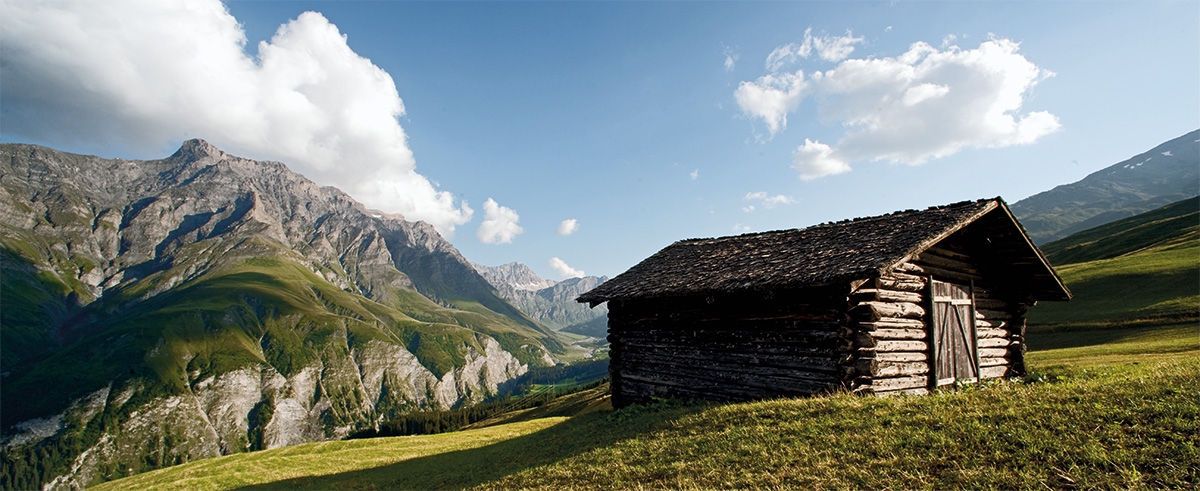Graubünden, which is Switzerland’s only tri-lingual canton, is a place of economical, cultural and political diversity. The Romansh language and culture is an important part of the Graubünden’s character, which also boasts a beautiful countryside and tourist attractions.
In the middle of the 19th century, author and politician Heinrich Zschokke remarked that Graubünden was "Switzerland within Switzerland". In terms of surface, Graubünden is the largest canton, yet at the same time it is the most sparsely populated with 202 538 inhabitants. The capital, Chur, which is the oldest city in Switzerland, has a population of about 41 008.
 ©Marcus Gyger
©Marcus Gyger
Purity of nature
In addition to cultural and linguistic diversity, Graubünden also offers purity of nature: 615 lakes, more than 900 mountain tops and 150 valleys. Graubünden is a typical mountain area and highland. Forty-one per cent of the population of Graubünden live at high altitudes above 1000 MSL. The highest mountain is the Piz Bernina at 4049 m, and the lowest point is the border with Ticino at 260 m.
An attractive location for business
The majority of the population in Graubünden is employed in the services sector. A moderate tax burden, optimally trained professional staff, high labour productivity and a fine-meshed infrastructure offer locational advantages not only to internationally operating firms, but also to small and medium-sized enterprises. Tourism is a pillar of the canton’s economy.
The mountain farmers are innovative. About 50 per cent of the farms are operated organically. The farmers of Graubünden cultivate the land stretching across the Alpine arc, from grapes and chestnuts in the South over the highest Alps and steeps all the way down to the Rhine valley in Chur, where all the field crops grow and where the grapes are pressed to produce one of the best wines of Switzerland. Farmers from Graubünden are generally mountain farmers. Only 7 per cent of the roughly 2445 farms are located in the valley region. All other farms are located in the mountain regions.
Tourism is a pillar of Graubünden’s economy
The cultural diversity, the beautiful countryside and the effective infrastructure with hospitable hotels, mountain railways, baths, spas and sports facilities are decisive factors in making Graubünden a leading vacation destination both in winter and in summer. Every region has its own specific character in this "land of 150 valleys".
Graubünden lives on tourism; the revenues from tourism provide about half of the jobs and incomes of the population of Graubünden. Every year, about eleven million visitors spend the night in the 170 000 beds. With its world famous resorts Davos Klosters and Engadin St. Moritz and many other large or "small and distinct" resorts with their own personal charm, Graubünden is currently a leading provider for leisure on the international market.
The only tri-lingual canton in Switzerland
Graubünden is the only tri-lingual canton in Switzerland where 72,5 per cent of the population speak German, 14,1 per cent Romansh, 13,4 per cent Italian. Multilingualism is also present in schools and in the administration. The Romansh language area is divided into different regions and dialects: Vallader is spoken in the Lower Engadine Valley and Müstair Valley, Puter in Upper Engadine, Sursilvan in the Bündner Oberland, Sutsilvan in Domleschg and in Schams, and Sumiran in Oberhalbstein and in the Albula Valley. Romansch Grischun is mainly used as the common written language.